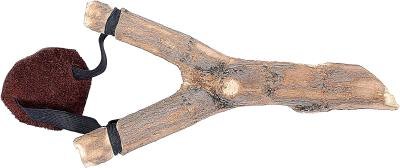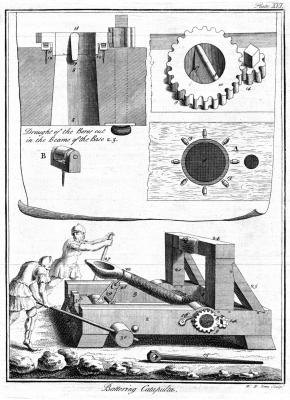Tips on Make a Viking Catapult
Hi Friends, how are you all? certainly not exceptional. if anyone is sad, do not worry, forget your sorrow soon, because as usual we will air 'smart & fun' fun with science experiments are certainly a shame if to pass up.
You must have heard about the slingshot. Well slingshot was actually derived from the catapult, which is a tool of war often formerly used in a wide variety of great battles before the invention of the cannon. do not imagine it like a slingshot catapult that often we play. catapults that actually is very large even to use it takes a lot of people.
Well this time we will try to make a miniature of the various types of catapults, the Viking catapult. One of the characteristics of this viking catapult he is on the move and easier to use, but its strength is no doubt. this is one weapon that caused the nation viking explorers called the nation a very respected ... well let's get started.
To make a viking catapult, the necessary tools are not much you need is:
Well now do the following
Done already catapults us, but do not worry to make the simulation more exciting battle with your friends in groups, have survived and there is as a striker.
The task of the attacker is to destroy the enemy stronghold, while the last task is to destroy all of catapult used by attackers. if there is already a winner do exchanges that attack becomes survive and vice versa.
How? not easy at all. Did my friend what causes paper science and the ping-pong ball shot out of catapults and toward the target? and if you want a more challenging not, you can perform the following activities:
See you again mate science in the next experiment, Be Smart, Always Fun and Creative ...
You must have heard about the slingshot. Well slingshot was actually derived from the catapult, which is a tool of war often formerly used in a wide variety of great battles before the invention of the cannon. do not imagine it like a slingshot catapult that often we play. catapults that actually is very large even to use it takes a lot of people.
Well this time we will try to make a miniature of the various types of catapults, the Viking catapult. One of the characteristics of this viking catapult he is on the move and easier to use, but its strength is no doubt. this is one weapon that caused the nation viking explorers called the nation a very respected ... well let's get started.
To make a viking catapult, the necessary tools are not much you need is:
- Rubber bracelets 12 pieces
- Satay skewers round 6 equal pieces
- A plastic bottle cap
- Scissors / cutter
Well now do the following
- First we create the basic framework catapults that by assembling wooden skewers and combine it with a rubber band as shown in the side
- Create a tool thrower with bottle cap puncture in three sections and tie it with a rubber
- Then after it was united with the tool frame slingshots and catapults thrower is ready to be used
- Use a small crumpled paper as slingshot ammunition or can also use a ping-pong ball
Done already catapults us, but do not worry to make the simulation more exciting battle with your friends in groups, have survived and there is as a striker.
The task of the attacker is to destroy the enemy stronghold, while the last task is to destroy all of catapult used by attackers. if there is already a winner do exchanges that attack becomes survive and vice versa.
How? not easy at all. Did my friend what causes paper science and the ping-pong ball shot out of catapults and toward the target? and if you want a more challenging not, you can perform the following activities:
- Calculate What is the farthest distance that can be achieved by catapults that you make? and trying to do improvements to find a way to shoot the most distant
- Then you try to replace the paper and a ping-pong ball with a much heavier objects such as iron or stone (navigate to an empty spot and no one), is there a difference?
- If you want more challenging again try to create a bigger catapult of course with the help of brother or your parents at home, and watch how the magnitude of the power of the catapult
See you again mate science in the next experiment, Be Smart, Always Fun and Creative ...










































